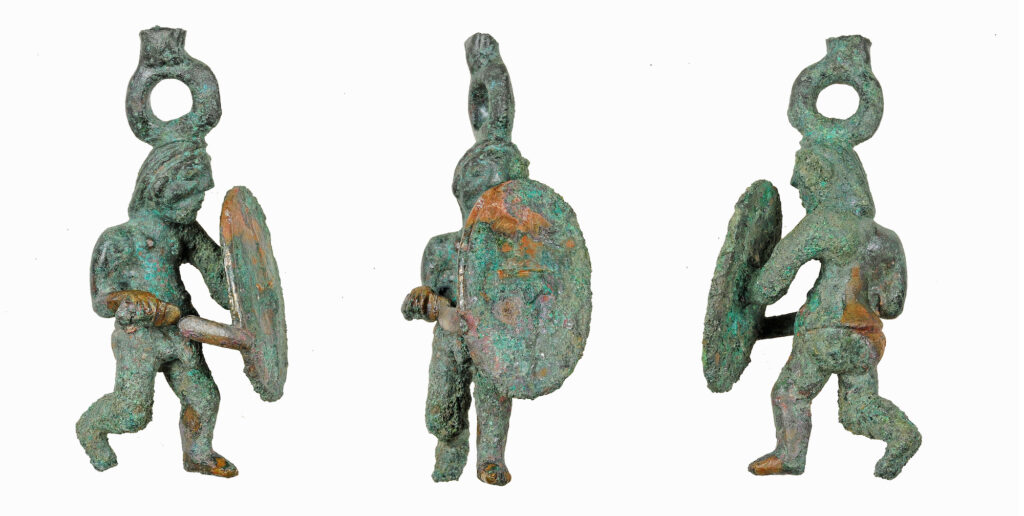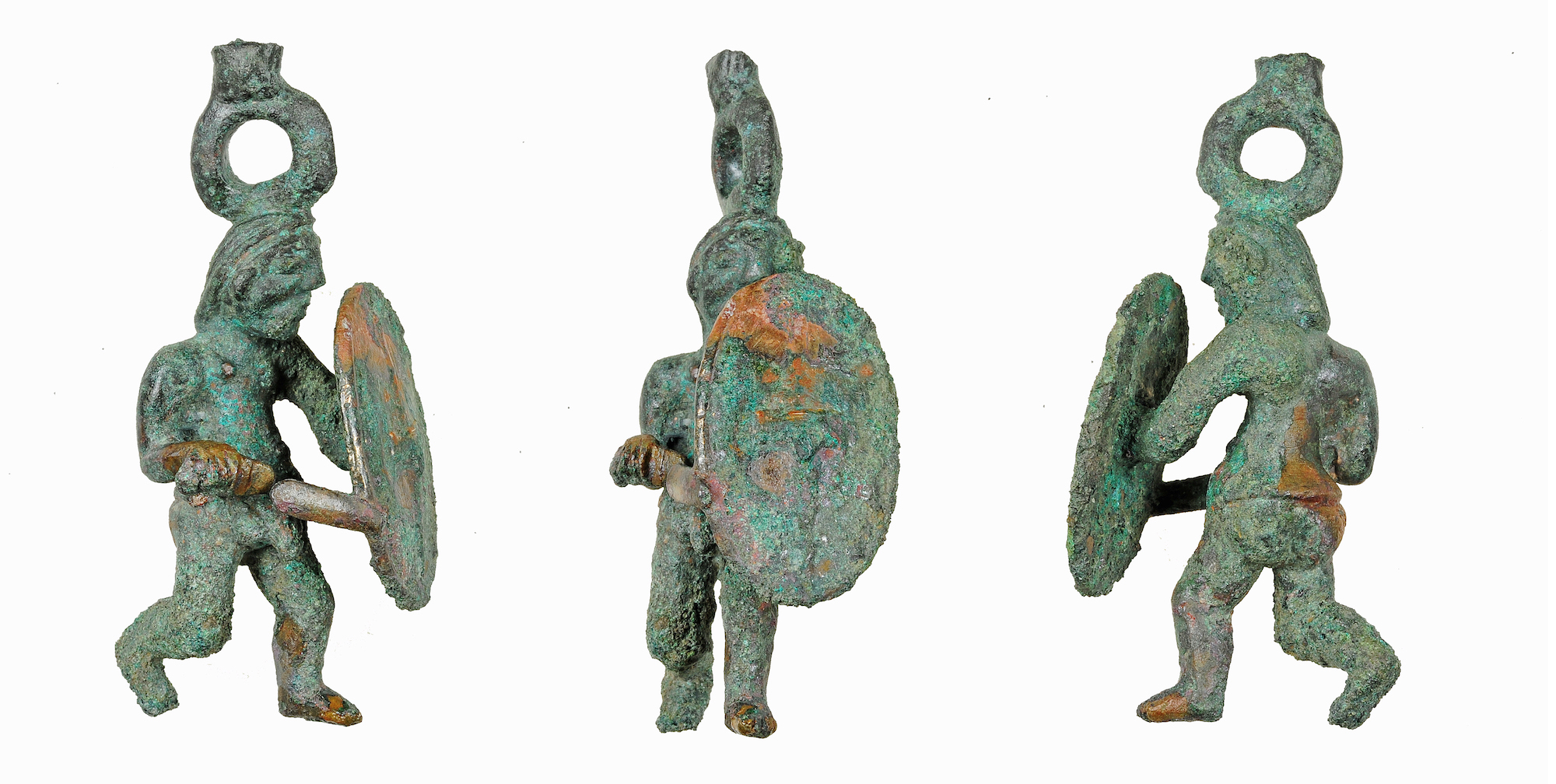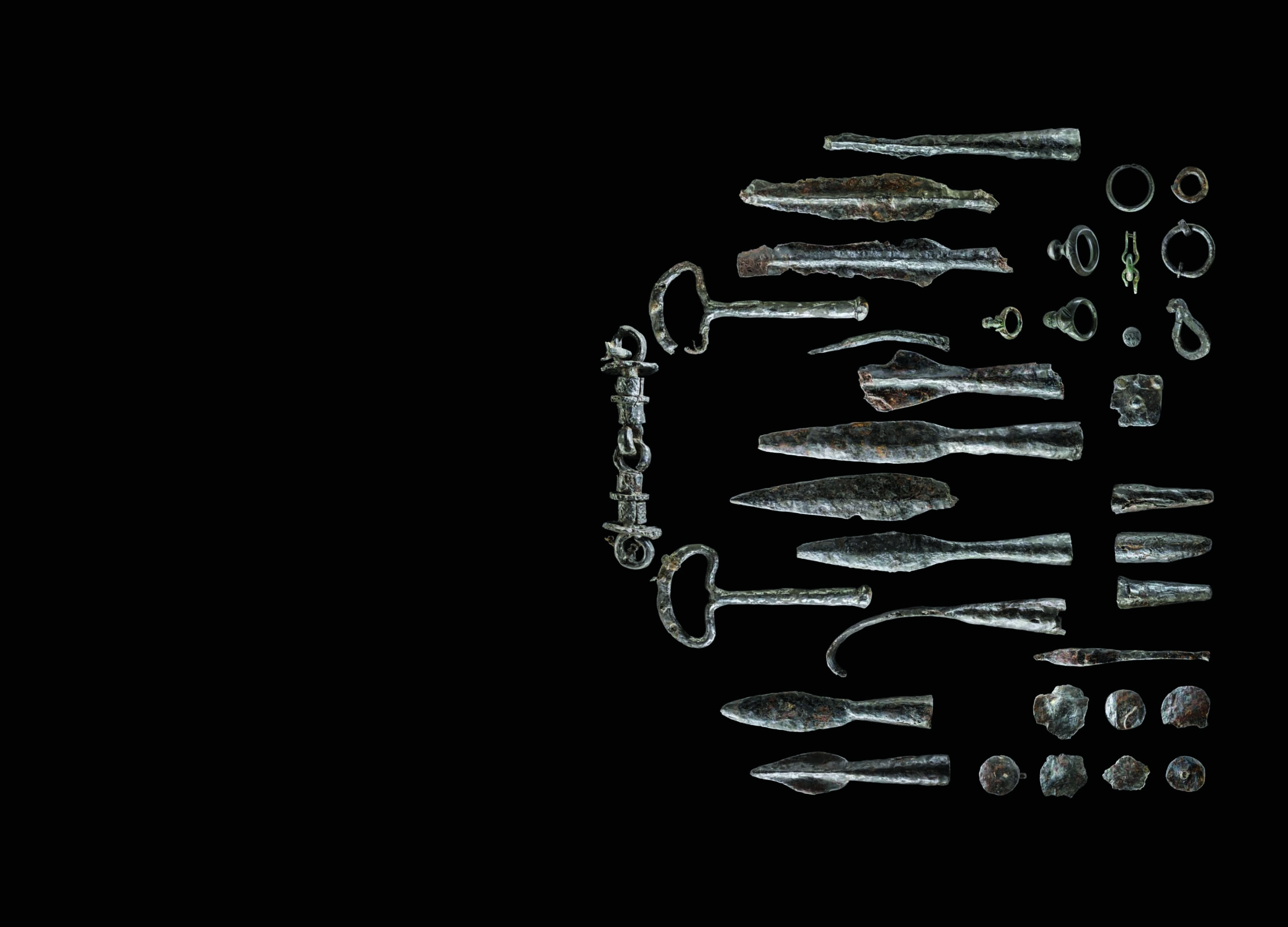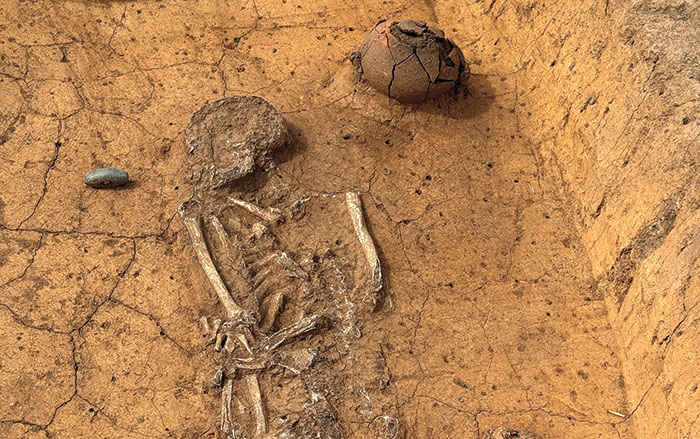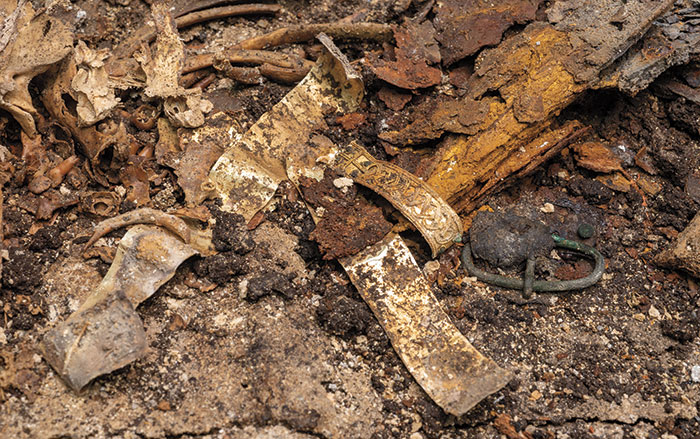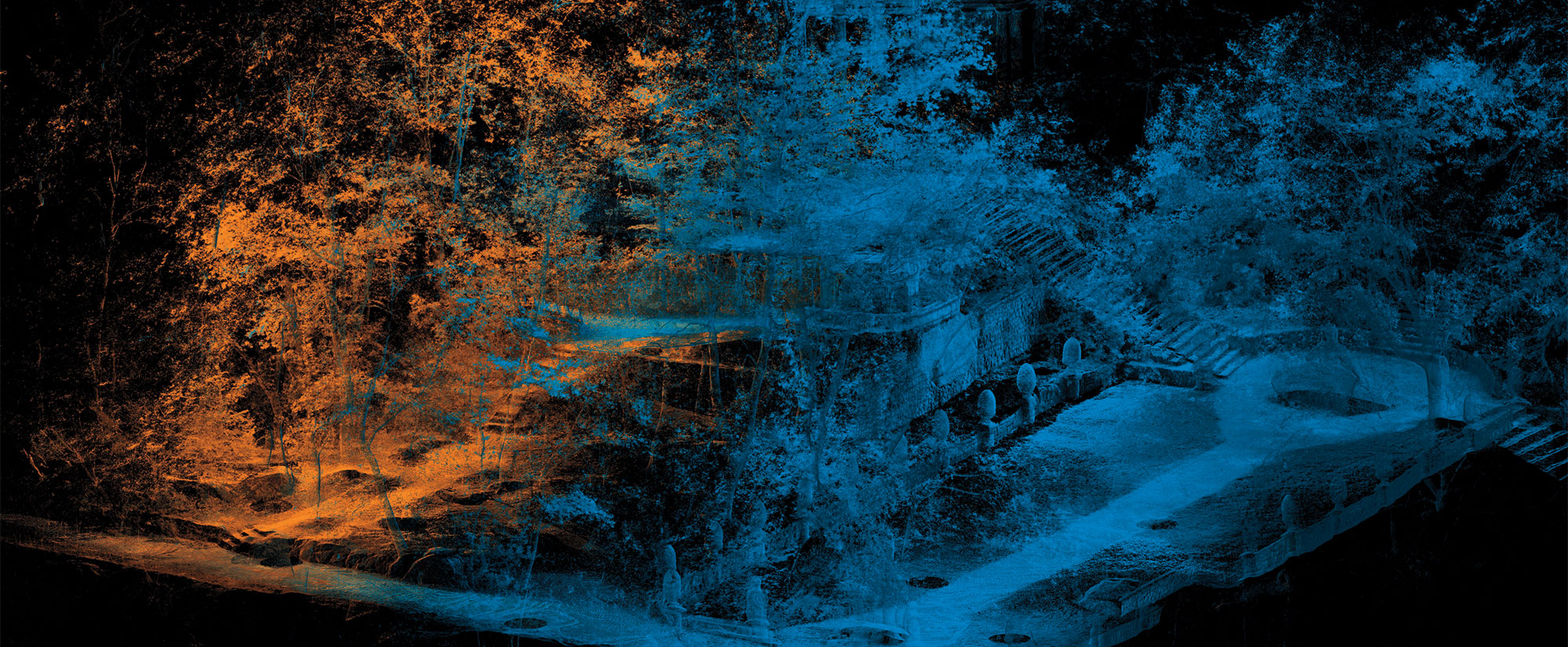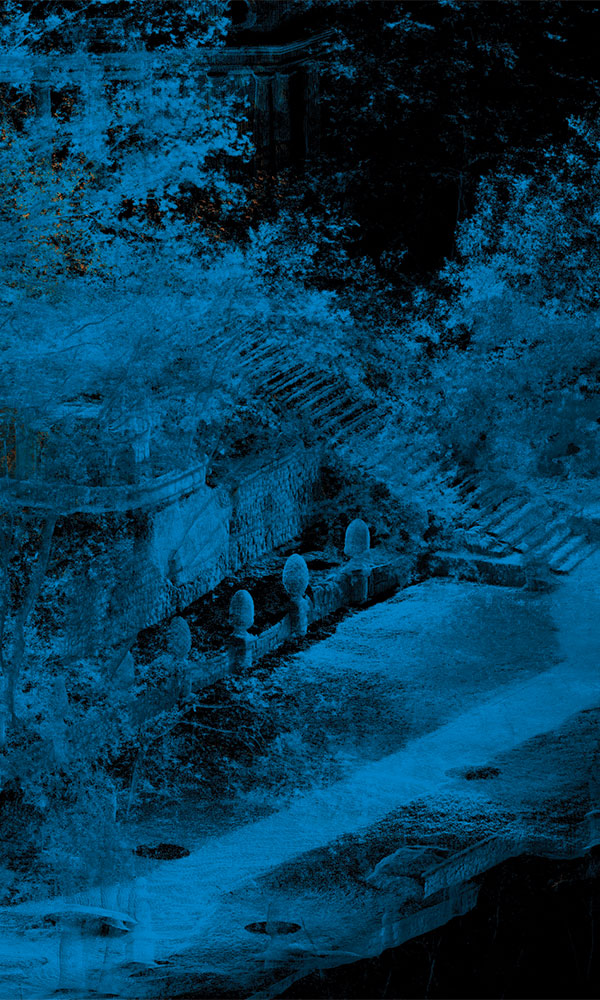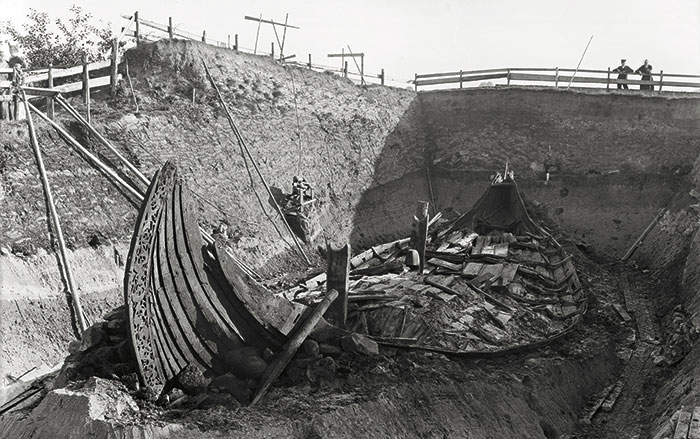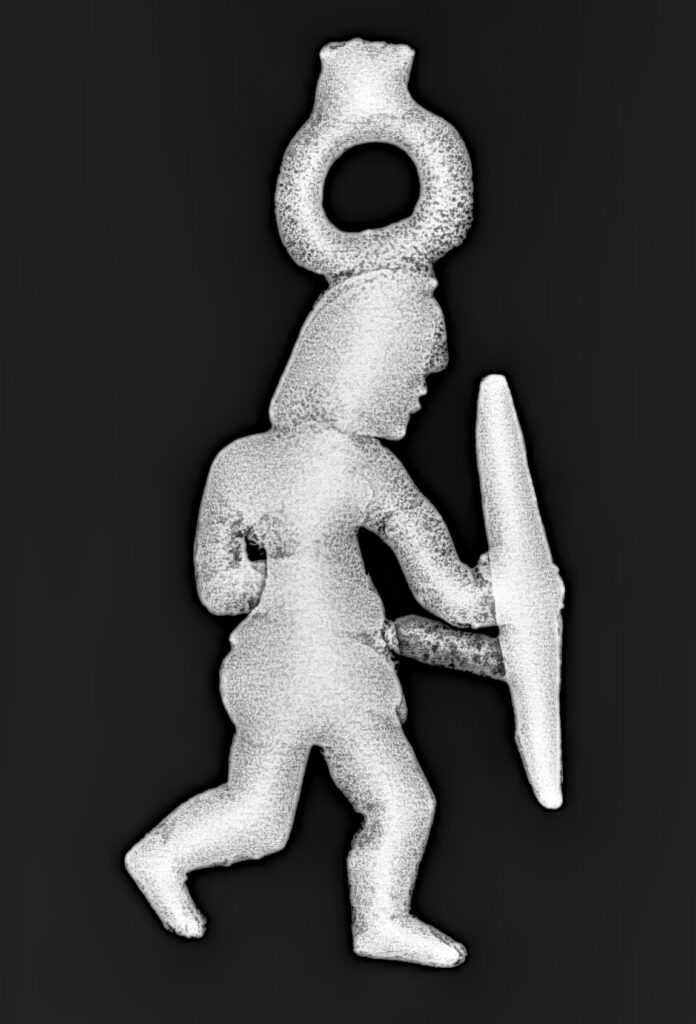
MUNICH, GERMANY—La Brújula Verde reports that over the past three years, German archaeologists have made a number of exciting discoveries at the oppidum of Manching that have provided new insight into Celtic life at the end of the first millennium b.c. Founded at the end of the fourth century b.c., the hillfort was one of the most important Iron Age urban centers in central Europe, housing as many as 10,000 people at its height. The team recorded 1,300 new archaeological features and recovered more than 40,000 artifacts. Among them was an exquisite bronze figurine of a Celtic warrior, an example of the inhabitants’ advanced metallurgy skills. Standing just under three inches tall, the miniature soldier wears chest armor and holds a shield and a sword. Researchers determined that it was made using the lost-wax technique, a process that involves crafting a wax model and coating it in clay, creating a hollow mold into which molten bronze is poured. The presence of a loop at the top of the object suggests that the statuette was intended to be worn as a pendant. Archaeologists also identified fish scales and bones within trash deposits that provided the first direct evidence that the site’s residents consumed fish, along with their more usual diet of grains, beef, and pork. To read about a Celtic copper alloy figurine unearthed in southeast England, go to "Mistaken Identity."
